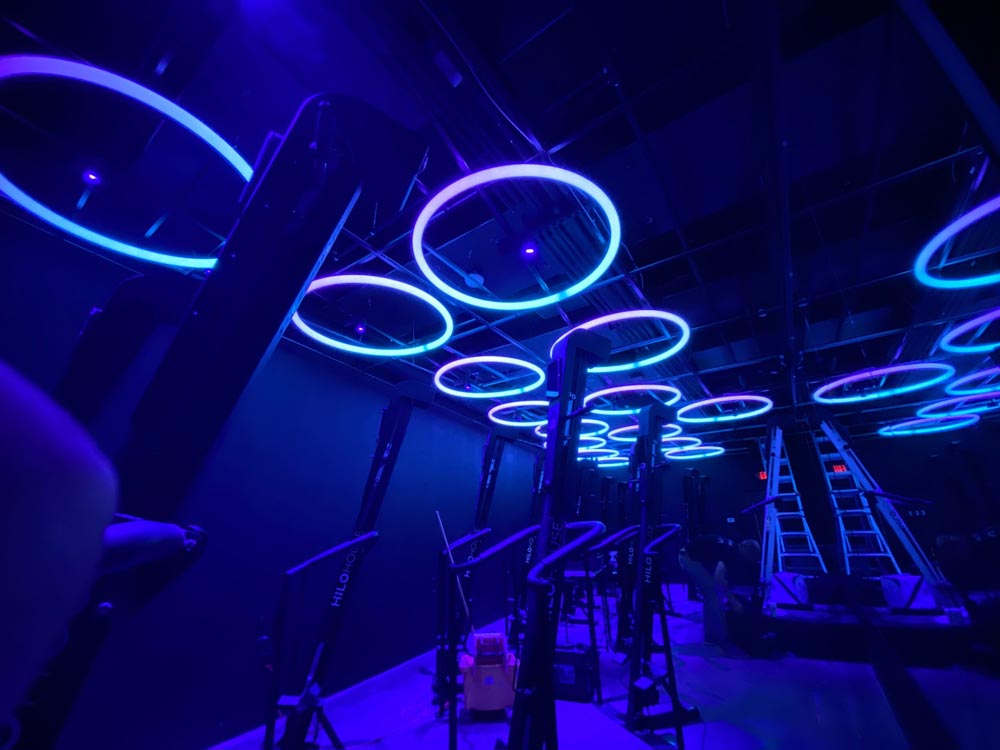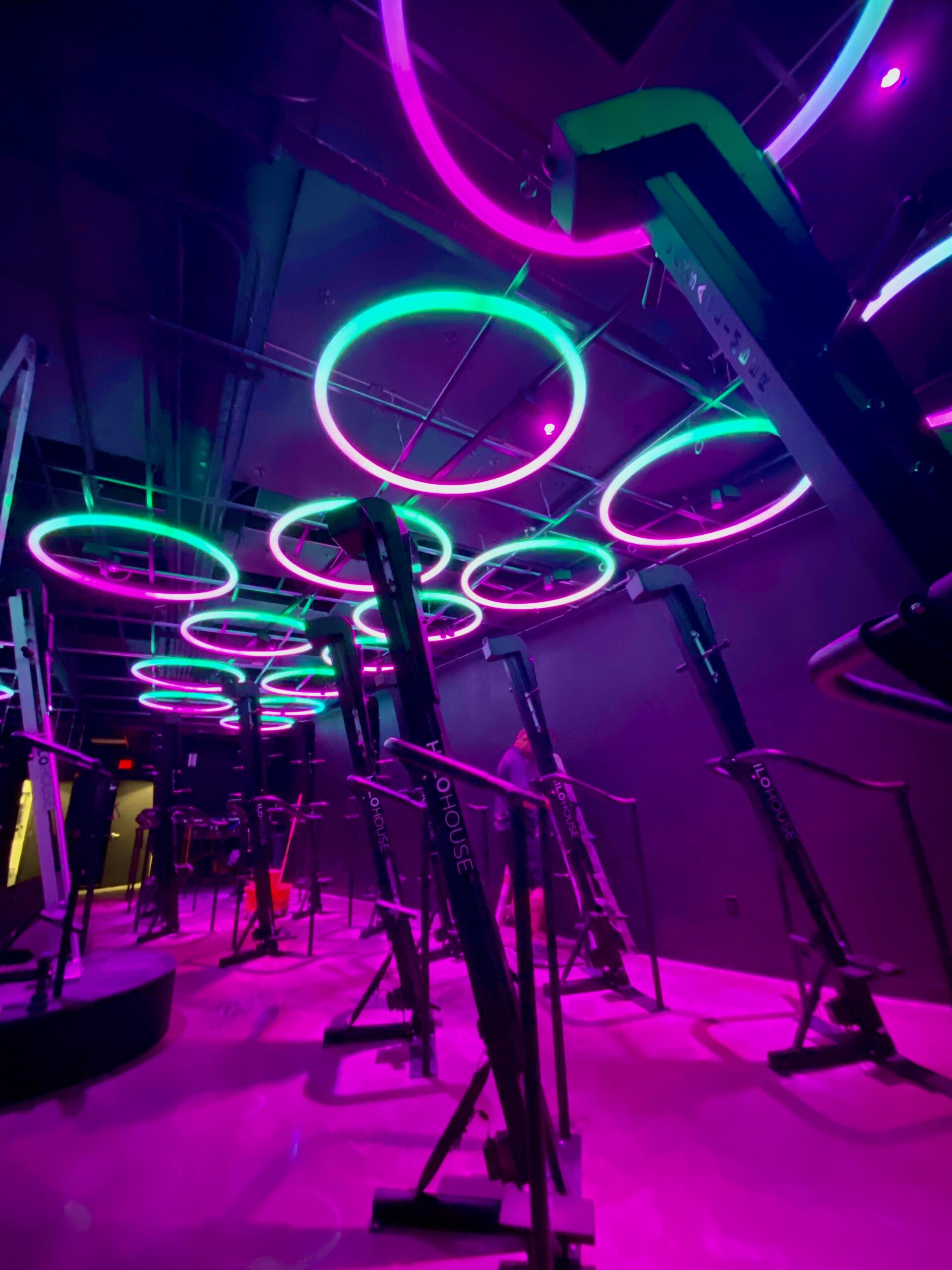
An audio recording system must have several parts, and the components you choose should reflect your equipment’s applications. If you’re recording audio to post on social media before the audience returns to their homes, you’ll need different technology than you would if you needed to record audio for an official live album.
A stellar live recording requires microphones suited for the task. The microphone and placement you choose should depend on the kind of recording you want to make. Choose between options like XY stereo microphones and omnidirectional microphones. Using microphone pairs offers the best, most balanced results.
Where analog recorders capture all frequencies of sound, digital techniques use computers to create numbers that represent audible frequencies. The general idea behind digital technology is that most people cannot detect the missing frequencies, and digital recorders are far less expensive.
Analog recording may sound warmer and more textured to some listeners, making those recordings sound closer to an authentic representation of the live sound. Digital recorders, however, are more accessible.
A soundboard, also called a mixing board or mixer, merges various input signals from microphones, instruments and other sources before sending the single, combined signal to the speakers. The signals that soundboards create are intended to fill the stage, not for playback. However, you can use a pair of auxiliary sends to create a dedicated recording mix.
Recording audio at your business or organization has several benefits:
If your business or organization has live events, recording that audio can be extremely beneficial. You can use audio recordings for promotional materials, online content and various other projects.
At Illuminated Integration, our team builds custom sound recording systems to create incredible listening experiences. Contact us online for more information about our recording system design services.

